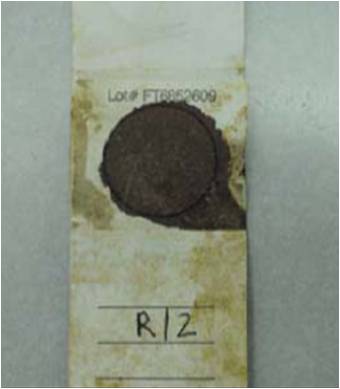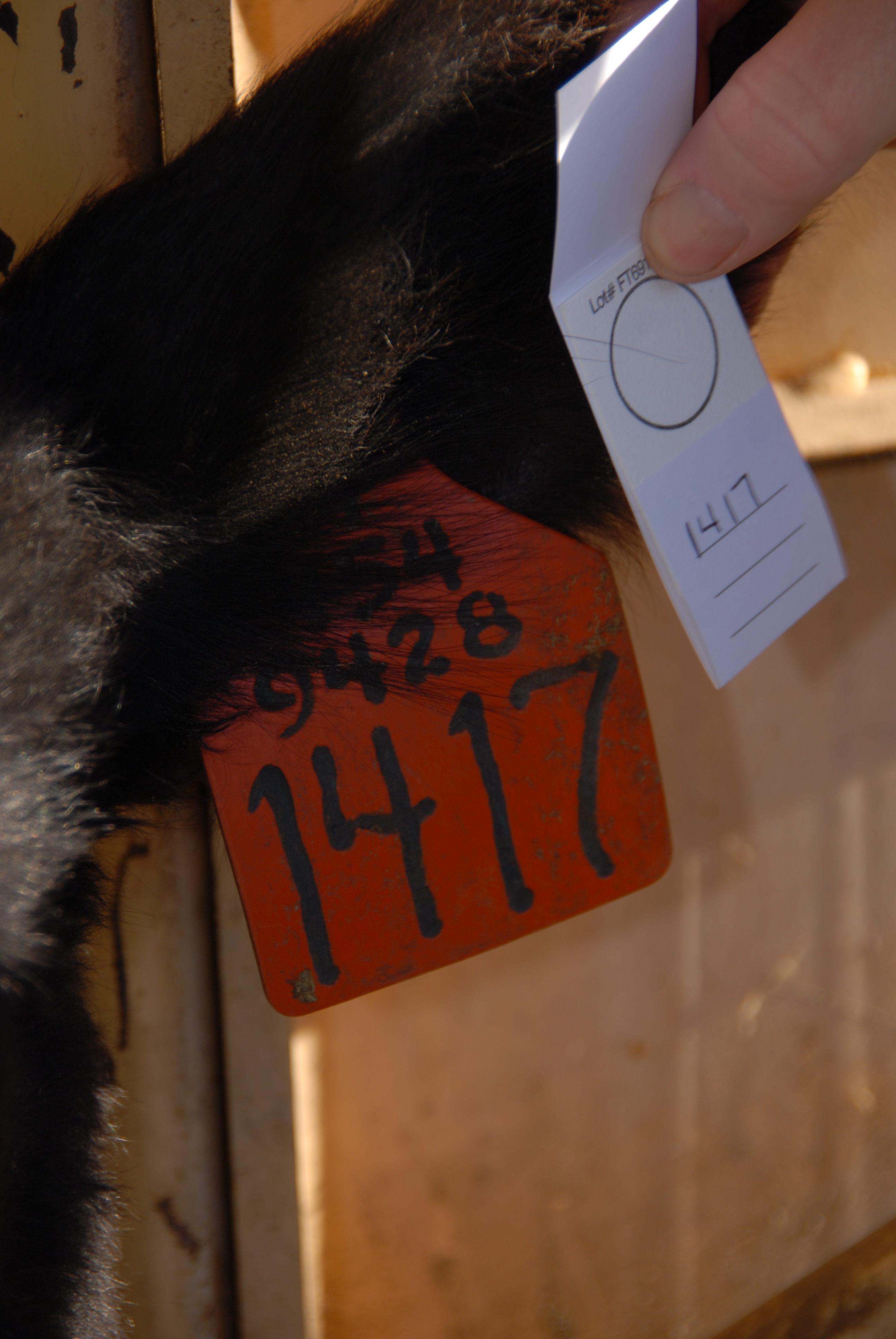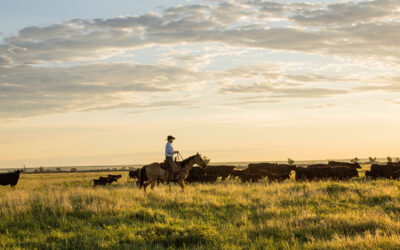
Solving the Mystery of DNA Collection – Part I
What kind of DNA sample is required to get the information I really want on my cattle?
On crime-solving television, DNA convicts criminals from just one strand of hair, a finger nail clipping, or some dried up blood off the back of a car bumper. Just like everything else in Hollywood, there’s a lot more that goes into DNA collection in the real world.
DNA samples need to be high-quality in order to get good lab results. If samples aren’t good enough, all you wind up with is a day of working cattle and a report that likely shows a high percentage of failed tests. Some of these “how to’s” could save you that heartache:
Basics for Better Blood Samples
• Hello, my name is ______. Yes, it’s basic, but so important. Always start by labeling your collection cards with an identifying number for each animal. Generally a tag or tattoo number, you’ll need a sure way to match your test results back to the individual animals.
• ABC: Adequate Blood Collection– When samples go to the lab, they take a hole punch out of the saturated area. Sometimes multiple punches are needed to get the best results. Make sure you have enough blood on the card, but not so much that pooling occurs.

• Manure is the enemy. Although fecal matter is used in other types of bovine tests, DNA sampling is not the place for it. Blood cards contaminated with manure are extremely difficult to get test results from. To decrease your fertilizer frustrations, consider taking blood samples from the ear instead of the tail. You may also want to make sure the ranch hand delegated to tailing isn’t also handling your DNA cards.

• Keep it clean. Beyond manure, try to keep your collection cards away from dust or other contamination. I know what you’re thinking – how does one avoid dirt while working cattle? It’s not easy, but it’s worth the extra effort to ensure sample quality. If you’re bleeding from the ear, keep a rag on hand to wipe out ear wax or dirt before collection.
• This is not poker – don’t stack the deck. It’s very important to allow blood cards to dry thoroughly (24 hours, out of sunlight) before being stacked. Also, don’t mail samples in a sealed plastic bag. If blood coagulates on the card, sample quality may be compromised.

*To order one of the above kits, visit http://www.cabpartners.com/genemax/order.php.
If blood collection isn’t the best fit for your operation, stay tuned tomorrow for part two for alternative DNA collection methods.
Check out this video or this flyer for more step by step directions on collecting a blood sample.
~Kara
You may also like
Raised with Respect™ Cattle Care Campaign Launched This Fall
Raised with Respect™ was developed as part of a strategic cattle care partnership between Sysco and CAB. The collaboration focuses on supporting farmers and ranchers, equipping them with continuing education to stay current on best management practices and helping to increase consumer confidence in beef production.
Everything They Have
Progress is a necessity on the Guide Rock, Nebraska, ranch where Troy Anderson manages a commercial Angus herd, small grower yard, his 10-year-old son, and a testing environment. Troy’s approach includes respect for his livestock, people and land. For that, Anderson Cattle was honored with the CAB 2023 Commercial Commitment to Excellence Award.
Making It Better
Most sane folks don’t choose to go into business with Mother Nature. She’s a fickle and unpredictable partner. So, how did two people with zero agricultural background, no generational land, wealth or genetics carve a profitable partnership with her in Southwest Kansas? By focusing on progress and a desire to leave things better than they found them – which also earned them the CAB Sustainability Award.





